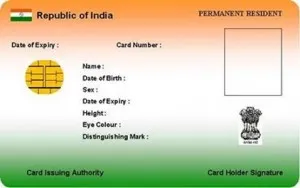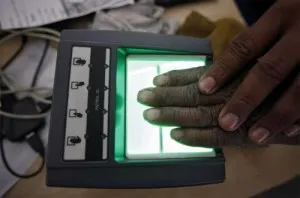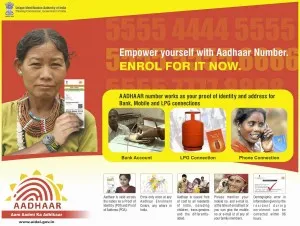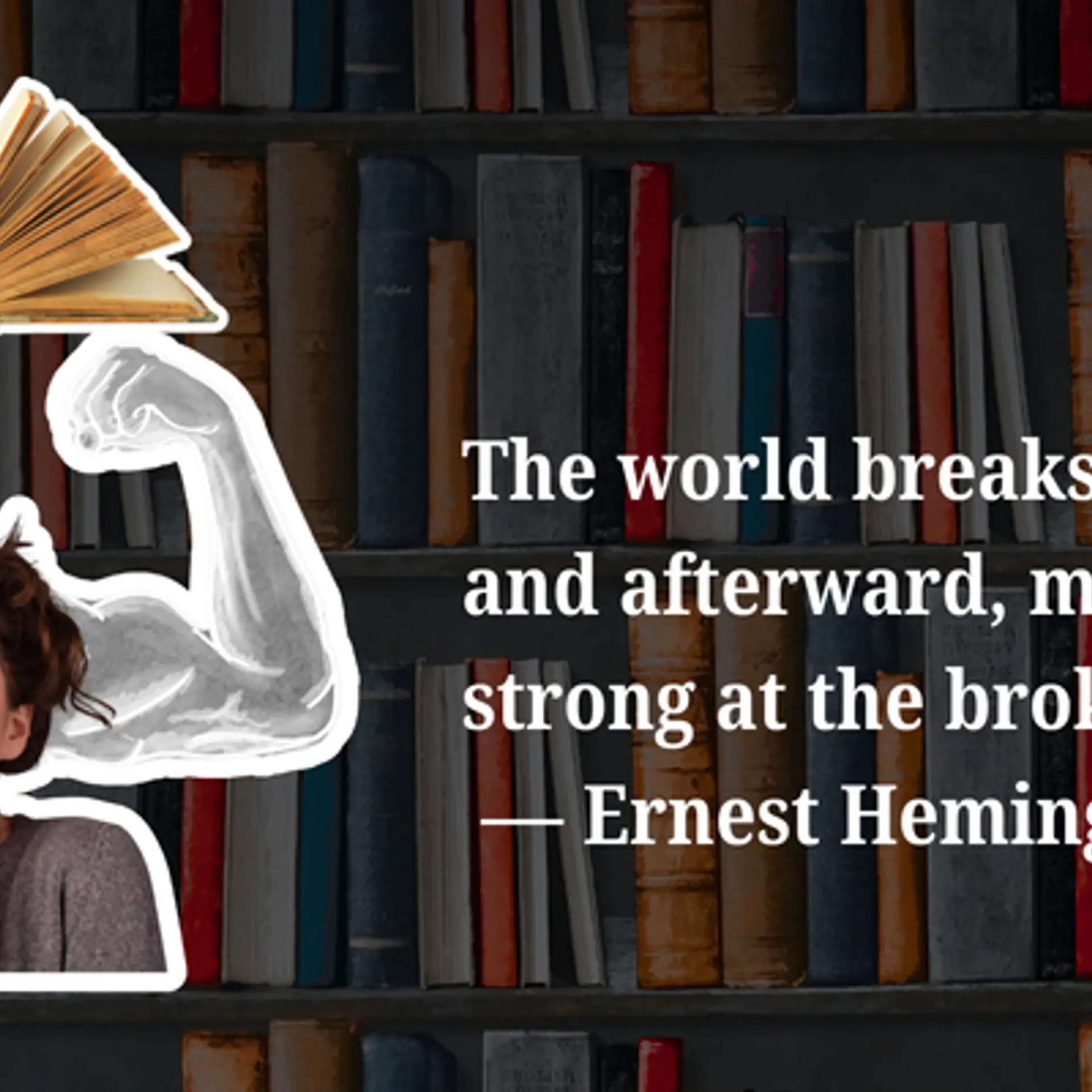3 lessons from Aadhar rollout: India’s biggest technology startup project
After a long struggle, I finally enrolled for my Aadhar card two days ago.
And my, did I struggle with the process!
It took me 6 visits, 2 forms - “form available on UID website not valid saar, we need another one for verification of docs” - over 10 hours in queues, putting up with the typically Indian annoying head shakes saying ‘no, i can’t help you’ even before your question is complete, and inevitably, pleading with the guys running the show to get my work done.
Why was it so tough?
Nandan Nilekani, Chairman UIDAI, stated early on that the UID was a huge startup project. He had taken it on after being granted a cabinet-minister rank to ensure smooth roll-out.

Aadhaar is a 12-digit unique number which the UIDAI will issue for all residents in India (on a voluntary basis). The number will be stored in a centralized database and linked to the basic demographics and biometric information – photograph, ten fingerprints and iris – of each individual.
However, when it comes to rollout, it again seems a case of right intention but faulty execution.
Get your value proposition clear
By looking at the name, the UID is an identification mechanism. It’s original intention was to provide every resident Indian with a unique identifier that could link to other numbers like PAN, bank accounts, etc. to slowly build a common profile.
Looking at it purely with that lens, why do you need to collect an address with it?
Yes, I know a lot of you will disagree with this, but think about it. Even in urban India, providing your ‘permanent address’ is an arduous task if you are a nomad like me who has shifted 6 residences in the last 10 years. Now think of the millions of Indians who have no documentary proof of where they stay. How much more difficult will it be for them to prove their address? In a system meant to be inclusive for all Indians, shouldn’t this have been optional?
The value proposition is also muddied by states adding their own requirements. Get your gas connection verified with Aadhar. Get Ration Card and all BPL benefits also certified. And so on.
Point is: none of these are related to identification. There’s already much confusion about UID with stories of how people have gotten their Aadhar number and realized that it serves no purpose. There has been chatter about how UID can help direct cash transfers by the government, but this logic falls flat - UID collects no income data.
What if the value proposition was clear - UID is only an authentication number.
To highlight the use of an authentication token, a partner like a bank or PDS for a direct cash transfer to immediately accept the UID, verify identity, ask for additional details and take action. If there were enough partners for this scheme, the utility would be clear.
Keep processes simple to save time and effort
The UID was planned as an pan-India rollout, to enroll over a billion people. While that seems about as many folks on Facebook, consider the other elements of UID. For each enrollment, UID collects fingerprints of left and right hands, both thumb prints and an iris scan. The collection is just the first phase of the process. During collection, the prints need to be matched against the existing database to pinpoint duplicates. That in itself is a huge process, given the scale of comparisons to be done when the database grows to a few hundred million entries.
But once the collection is largely complete, the UID functions only as an authenticator - return as true/false result when you claim to be who you are.
The technology process was thought out during the rollout. What falls short is the process of collection.

The process for UID, at least in Bangalore, is that you fill two forms (an Aadhar enrollment/correction form and a KYR form from the Karnataka government). Then you stand in line to get the forms ‘verified’ against documents like Passport, Gas bills, etc. If this is ok, you stand in line for a token for the date to get your data collection done. Finally, you wait to get your biometrics collection done. During this process, a data entry operator manually enters your name, address from your Proof Of Address doc like Passport, and your date of birth. After each of these, he asks you to verify if the entries are correct. If so, he then collects biometrics information and a photograph. Post this, you get an enrollment id. It took close to a half hour to gather info for one person in the venue I was at, after knowing that all documents were verified.
That itself costs over a billion man hours of time to get just the collection done!
Instead, what if they followed the passport application route? You enter your details online, and get a token online. Reach the venue on the designated date, and get your documents verified. Once done, you could quickly verify details on the system, give your biometrics and get your allotment number.
Agreed, the percentage of users who have access to computers is low, and this would not scale to all Indians. But if you could even enable this for the estimated 30 million broadband users, it would easily save a few million man hours of effort. Isn’t that worth it?
Communicate regularly
The UID is already victim of FUD (Fear, Uncertainty and Doubt). Will my gas connection subsidy be stopped if I don’t have an Aadhar card? Will I be able to get my ration card dues without it? What else do I need to get cash transfers when the government starts them? Can I register property transactions without it? My bank is asking for an Aadhar number, can I open a new account without it?
The UID was touted at a panacea for all evils. One number to solve it all, it seemed.
With so much hype, the core proposition was unclear, and most people who have gotten the UID number are uncertain how to use it.
Adding to the mess was the enrollment for the NPR (National Population Register) with their TV ads. Why have both numbers? How are they different? Well, no one knows. The NPR was rolled out by the home ministry and Aadhar by UIDAI, both with similar intents.
With so much uncertainty, the UIDAI could have targeted communication about what UID could provide, and when people would

require it. Currently, due to the uncertainty, there are huge lines of people who feel they will be deprived of benefits if they do not possess one. This leads to overcrowding at centers as people rush to get their cards before they lose out on something.
Clearer communication about the benefits and needs would have helped.
With so much going on, it will still be interesting to see if UID ends up as a startup failure or success story. Given the heavy investments of time, effort and money, I do wish that it irons out flaws and works as a genuine authenticator of identity.
The downside of failure? The bureaucracy may say - we told you so, such things can never work in India.
And that might just mean getting back to holding innumerable cards and numbers that are not linked, and so having to keep submitting documents to all of them.
Let’s hope that doesn’t happen.







